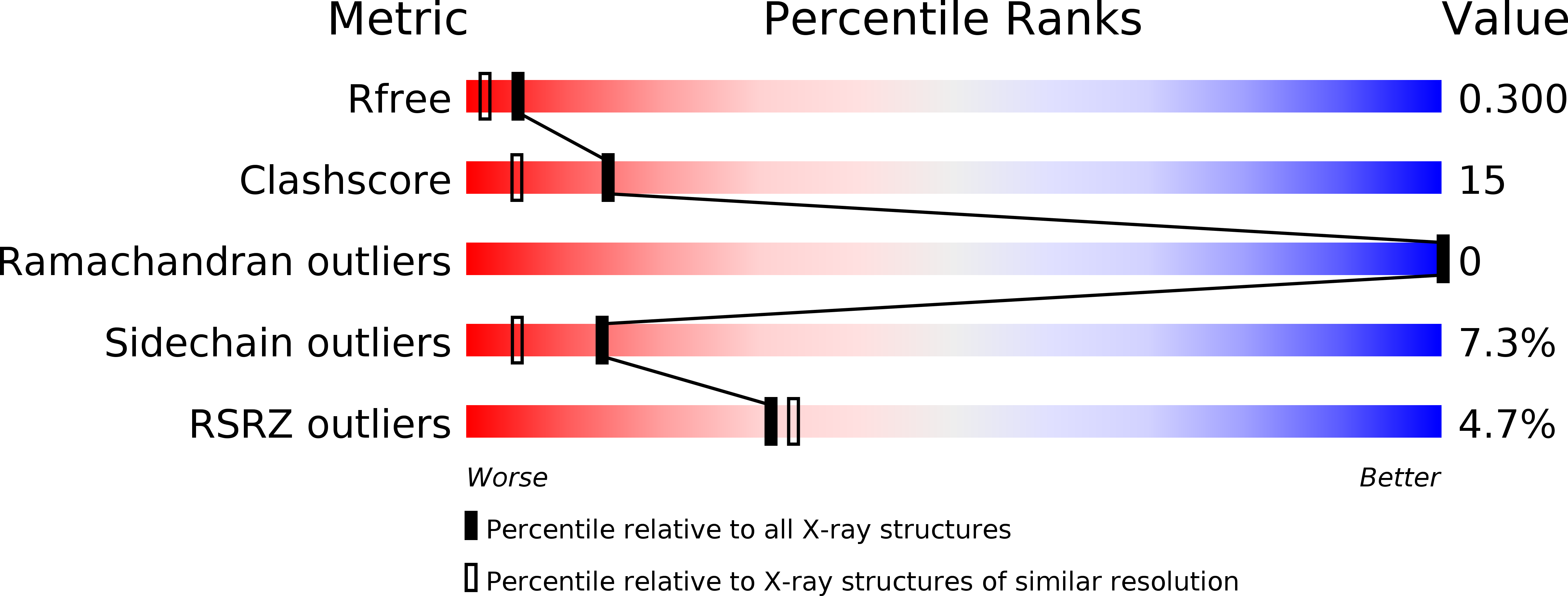
Deposition Date
2007-06-05
Release Date
2008-05-13
Last Version Date
2024-04-03
Entry Detail
PDB ID:
2Q6Q
Keywords:
Title:
Crystal structure of Spc42p, a critical component of spindle pole body in budding yeast
Biological Source:
Source Organism:
Saccharomyces cerevisiae (Taxon ID: 4932)
Host Organism:
Method Details:
Experimental Method:
Resolution:
1.97 Å
R-Value Free:
0.29
R-Value Work:
0.21
R-Value Observed:
0.21
Space Group:
P 21 21 21


